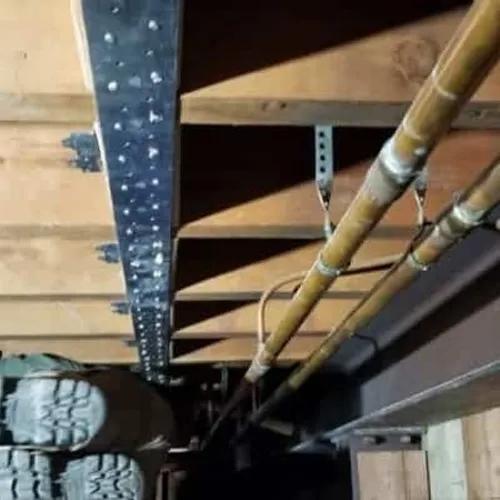SHEAR WALLS
Understand The Types & Benefits Of Shear Walls

 BOLT DOWN LA
BOLT DOWN LA

Understand The Types & Benefits Of Shear Walls

 BOLT DOWN LA
BOLT DOWN LA
Concrete, masonry, steel, wood, or even a combination of these materials can all be used to create shear walls.
CONFIGURATION:
Shear walls can be solid, lattice, and framed in their configuration. Lattice shear walls feature several entrances, and framed shear walls have a frame structure with infill panels.
Shear walls can be horizontal, inclined, or vertical in orientation.
ORIENTATION:
Shear walls can be divided into three categories based on their ability to support loads: light-duty, intermediate-duty, & heavy-duty shear walls.
Shear walls offer strong lateral stability, which is crucial for fending off wind and earthquake stresses.
Shear walls are a popular option for building projects with a tight budget since they are reasonably cheap when compared to other lateral load-resisting solutions
Shear walls are simple to build and don’t need complicated connections or specialized machinery.
Shear walls are flexible and can be implemented into a variety of building types and sizes to meet different architectural requirements.
